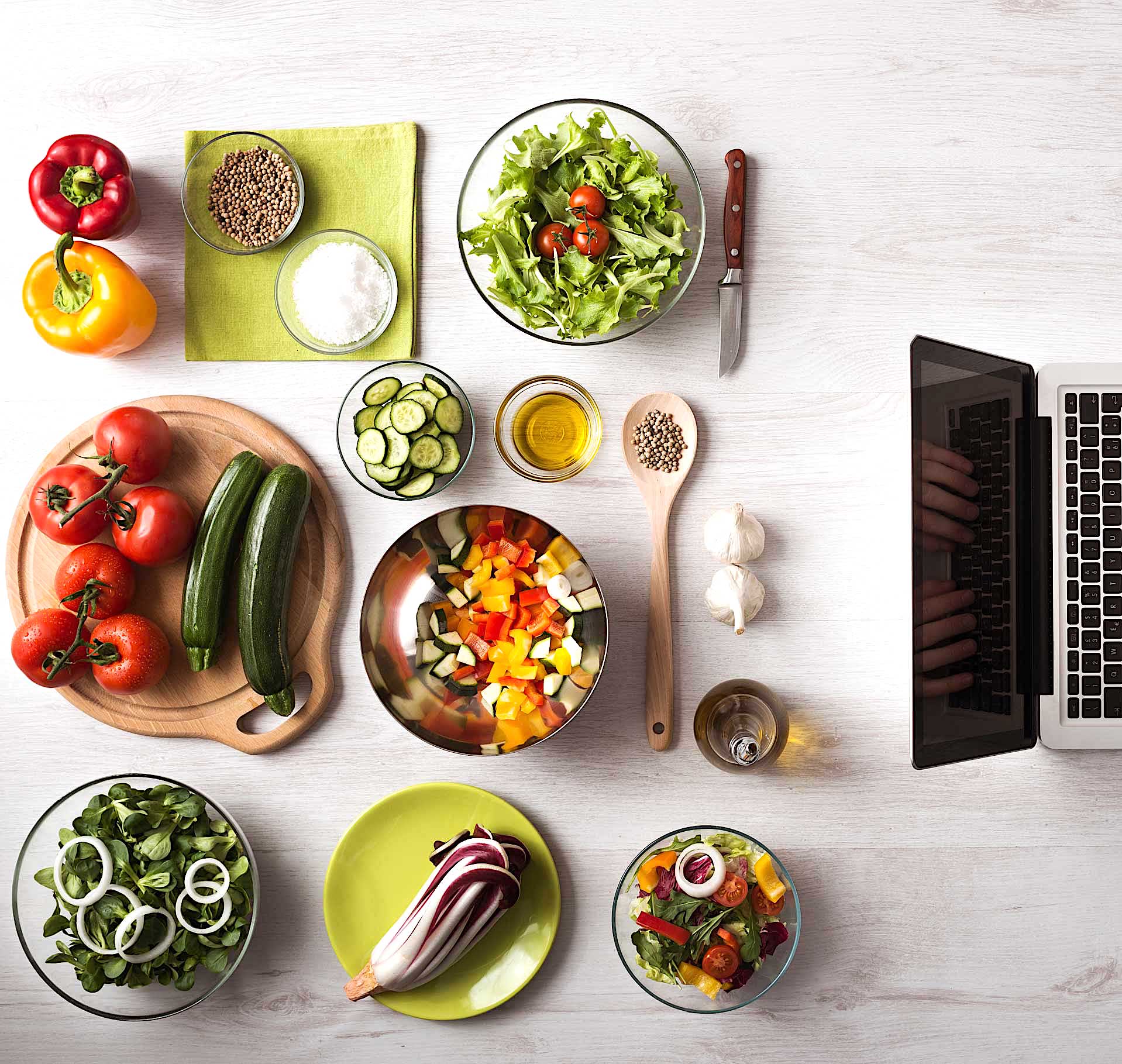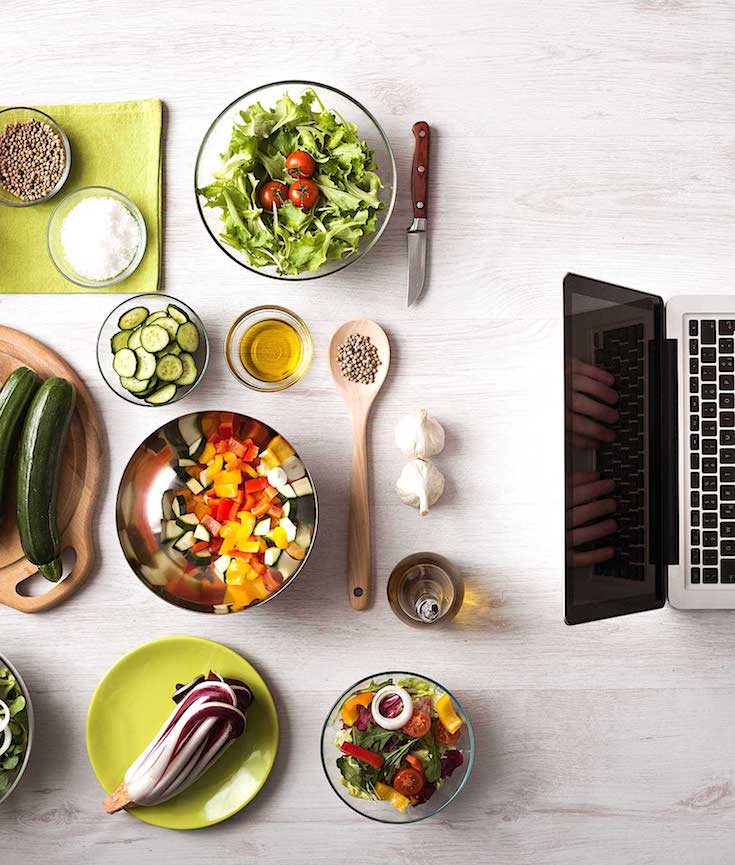Last week, the U.S. Department of Agriculture announced an ambitious-sounding pilot program that will give participants in Supplemental Nutrition Assistance Program (SNAP)—best known by the colloquial term “food stamps”—a way to purchase their groceries online. The two-year trial, which will begin this summer, provides low-income Americans in seven states with a system to have eligible items delivered to their homes through retailers like FreshDirect, Amazon, Safeway, and ShopRite and to pay for them using federal benefits. “Online purchasing is a potential lifeline for SNAP participants living in urban neighborhoods and rural communities where access to healthy food choices can be limited,” said USDA Secretary Tom Vilsack in a statement.
[mc4wp_form id=”6042″]





The Supplemental Nutrition Assistance Program (SNAP), formerly known as the Food Stamp Program, provides food-purchasing assistance for low- and no-income people living in the U.S. It is a federal aid program, administered by the U.S. Department of Agriculture, under the Food and Nutrition Service (FNS), though benefits are distributed by each U.S. state’s Division of Social Services or Children and Family Services.
SNAP benefits cost $74.1 billion in fiscal year 2014 and supplied roughly 46.5 million Americans with an average of $125.35 for each person per month in food assistance. It is the largest nutrition program of the fifteen administered by FNS and is a critical component of the federal social safety net for low-income Americans.
The amount of SNAP benefits received by a household depends on the household’s size, income, and expenses. For most of its history, the program used paper-denominated “stamps” or coupons – worth US$1 (brown), $5 (blue), and $10 (green) – bound into booklets of various denominations, to be torn out individually and used in single-use exchange. Because of their 1:1 value ratio with actual currency, the coupons were printed by the Bureau of Engraving and Printing. Their rectangular shape resembled a U.S. dollar bill (although about one-half the size), including intaglio printing on high-quality paper with watermarks. In the late 1990s, the Food Stamp Program was revamped, with some states phasing out actual stamps in favor of a specialized debit card system known as Electronic Benefit Transfer (EBT), provided by private contractors. EBT has been implemented in all states since June 2004. Each month, SNAP food stamp benefits are directly deposited into the household’s EBT card account. Households may use EBT to pay for food at supermarkets, convenience stores, and other food retailers, including certain farmers’ markets. (Wikipedia)


You must be logged in to post a comment.